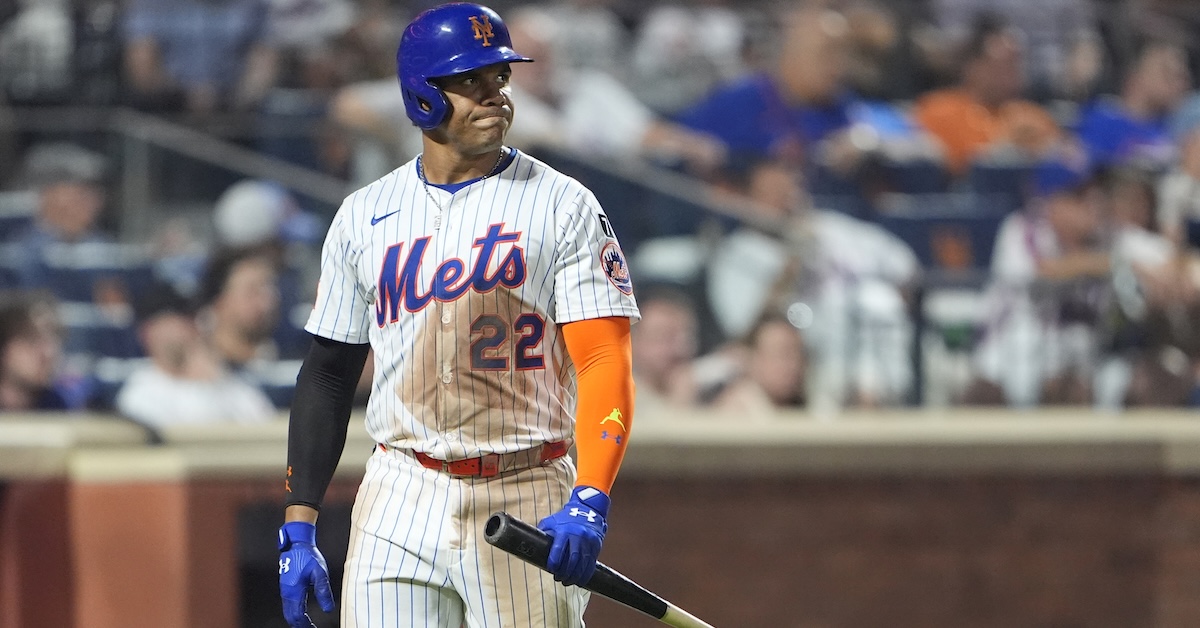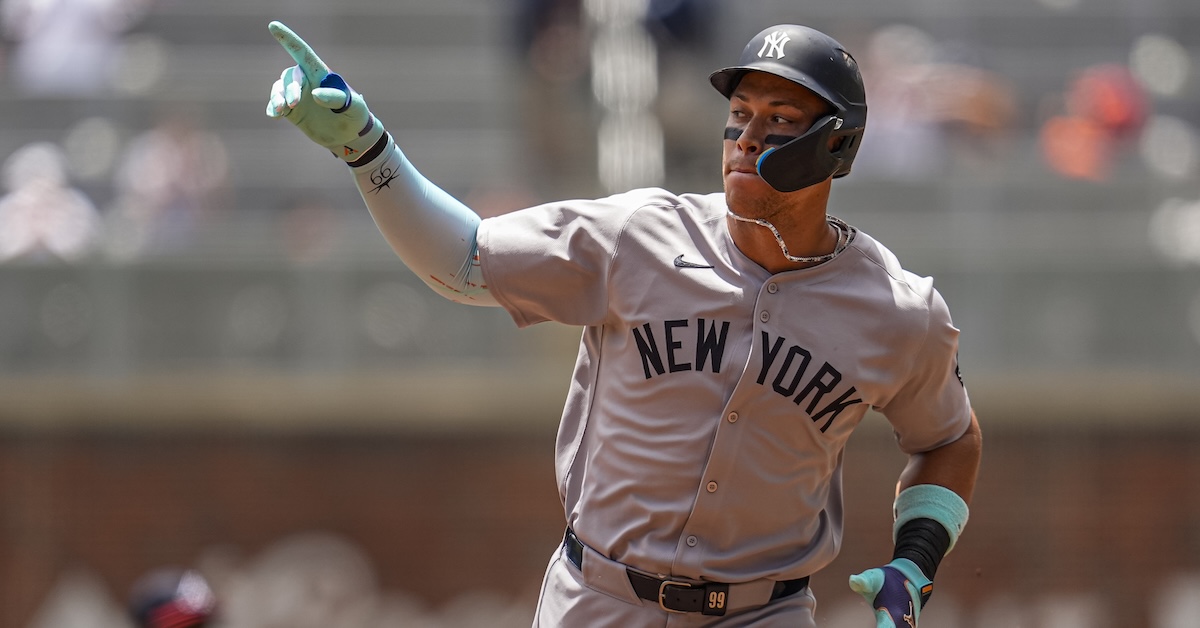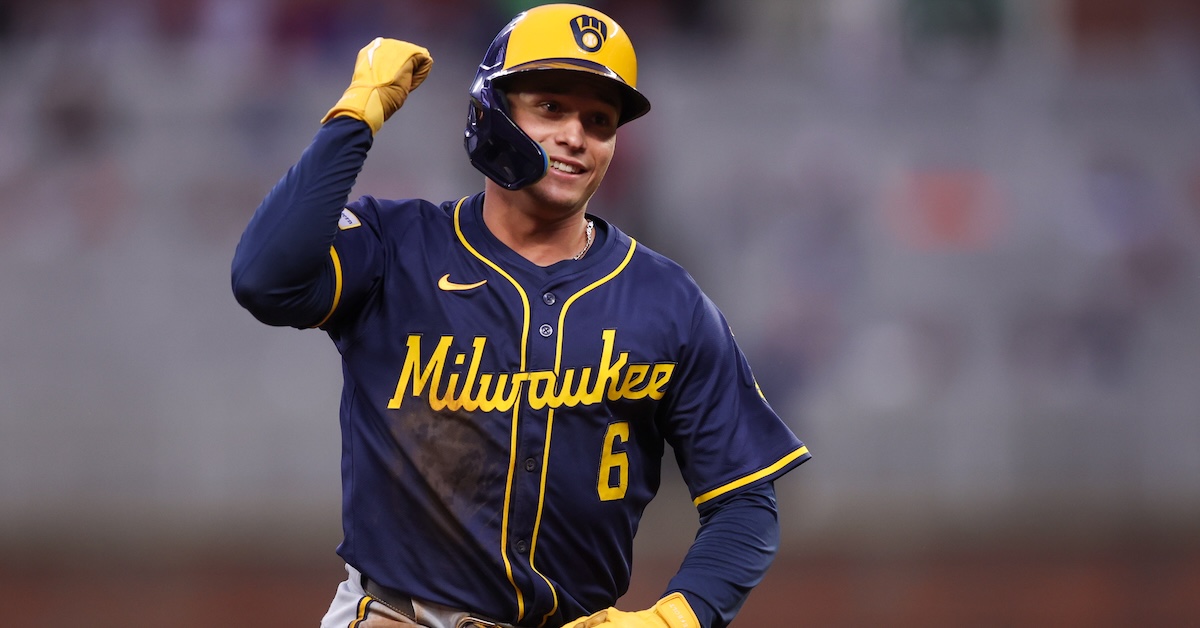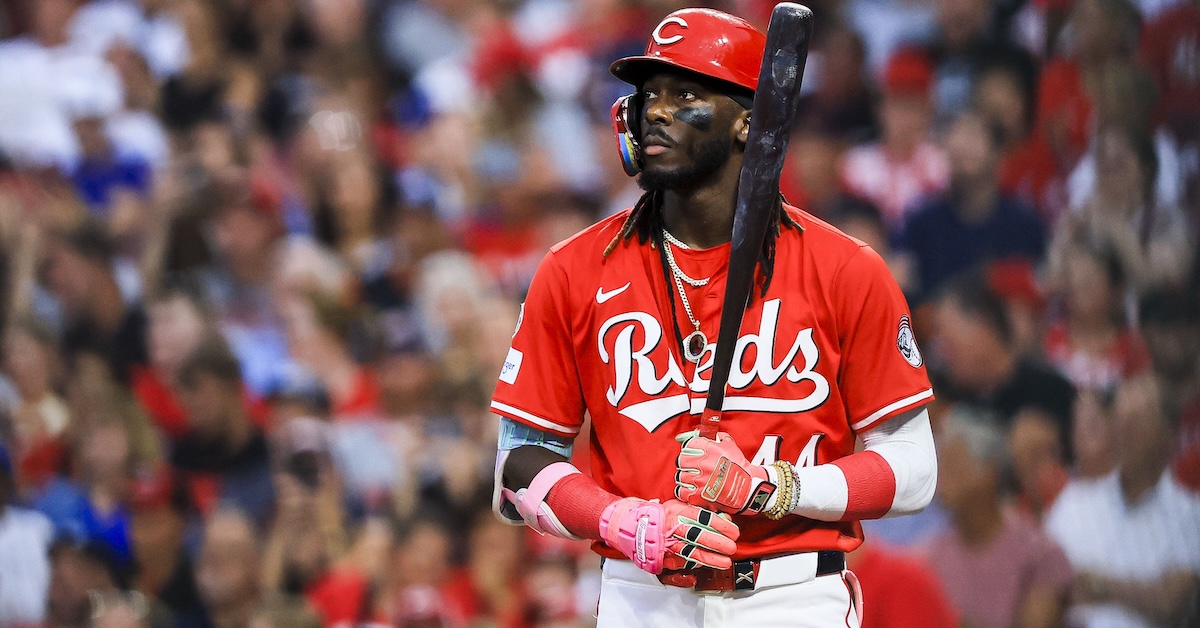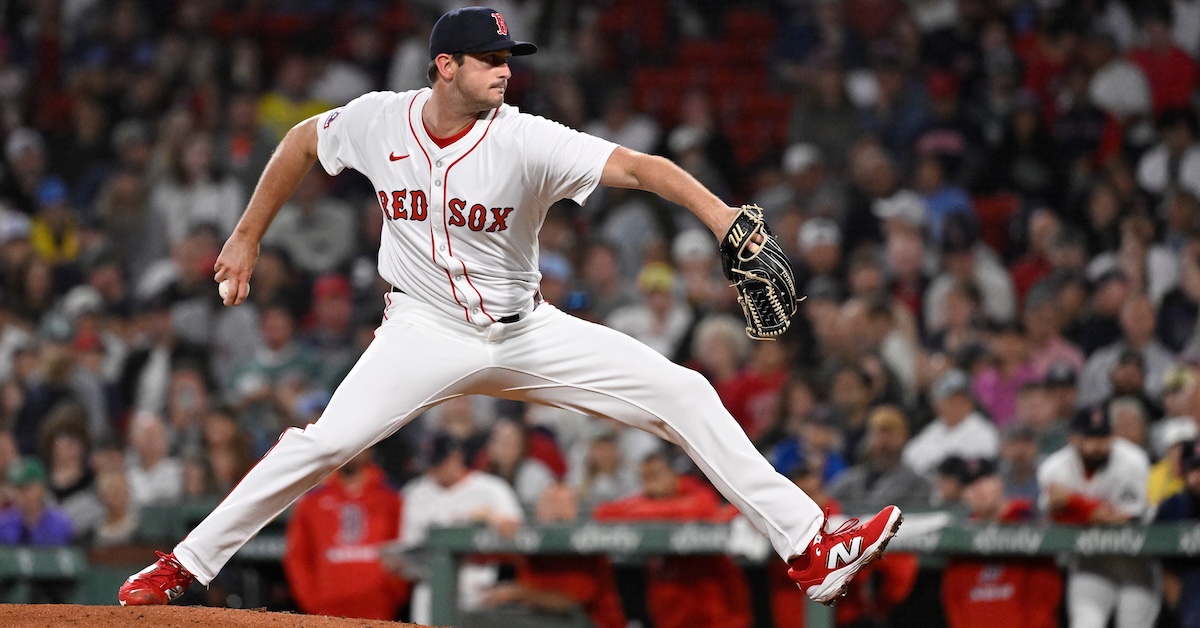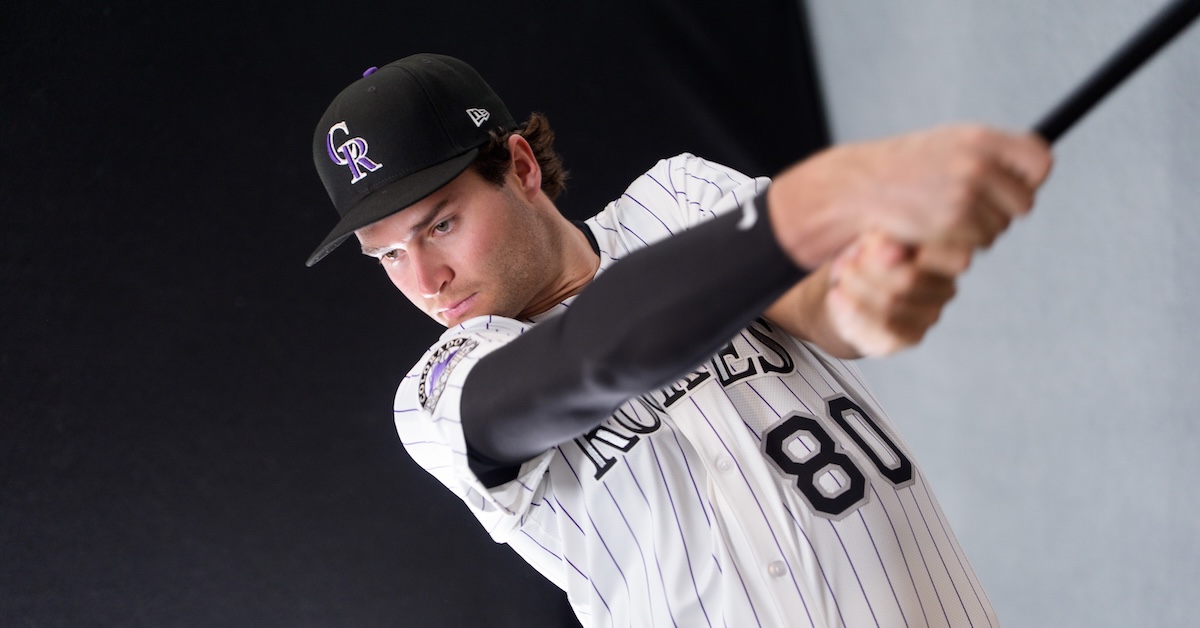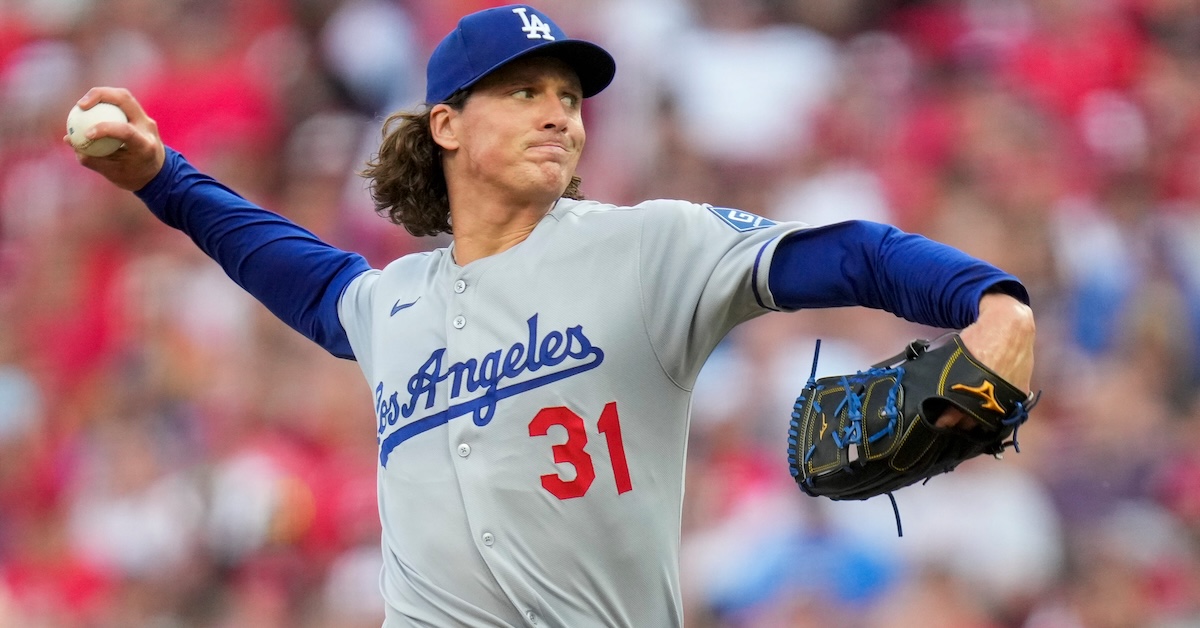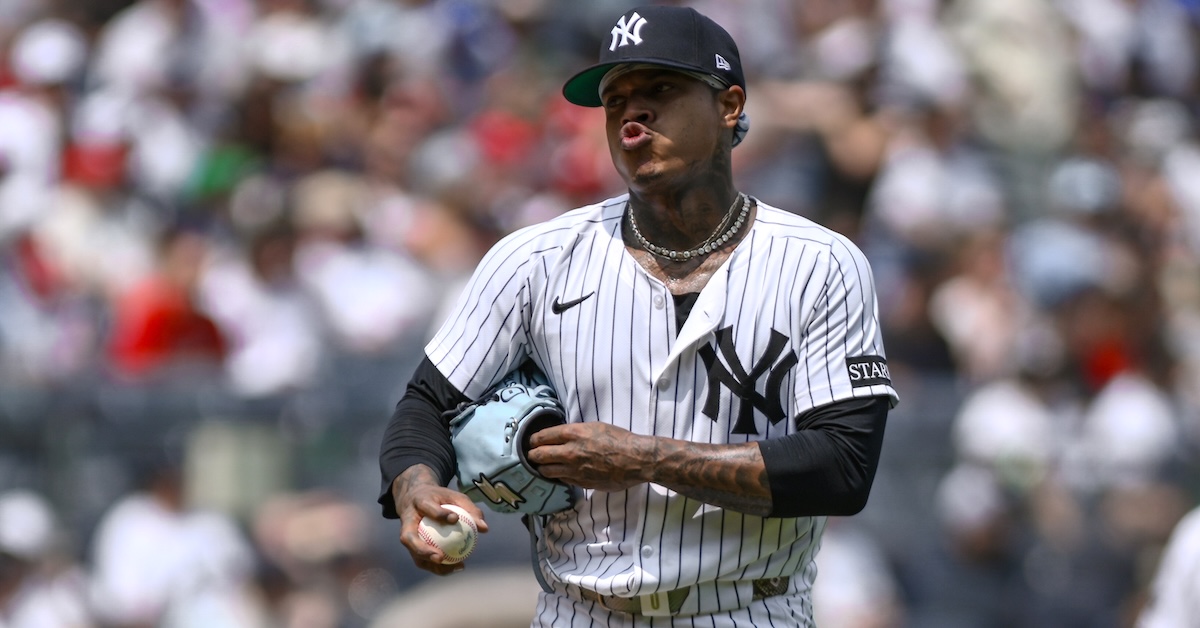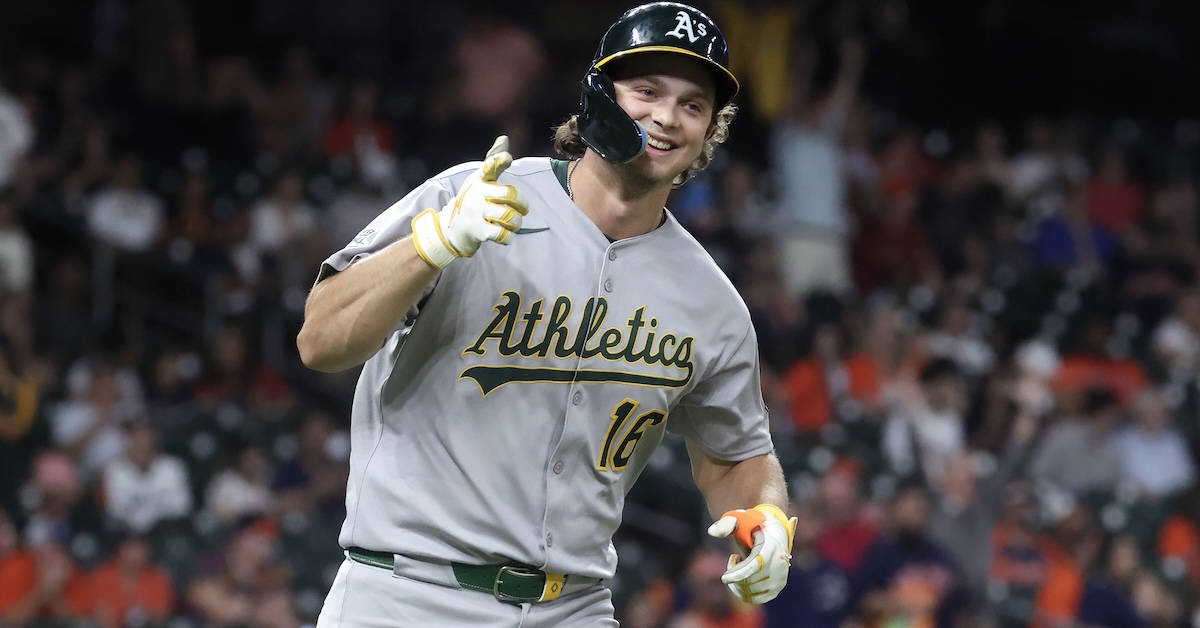Bo Bichette Breaks Baseballs, and Soon, the Bank
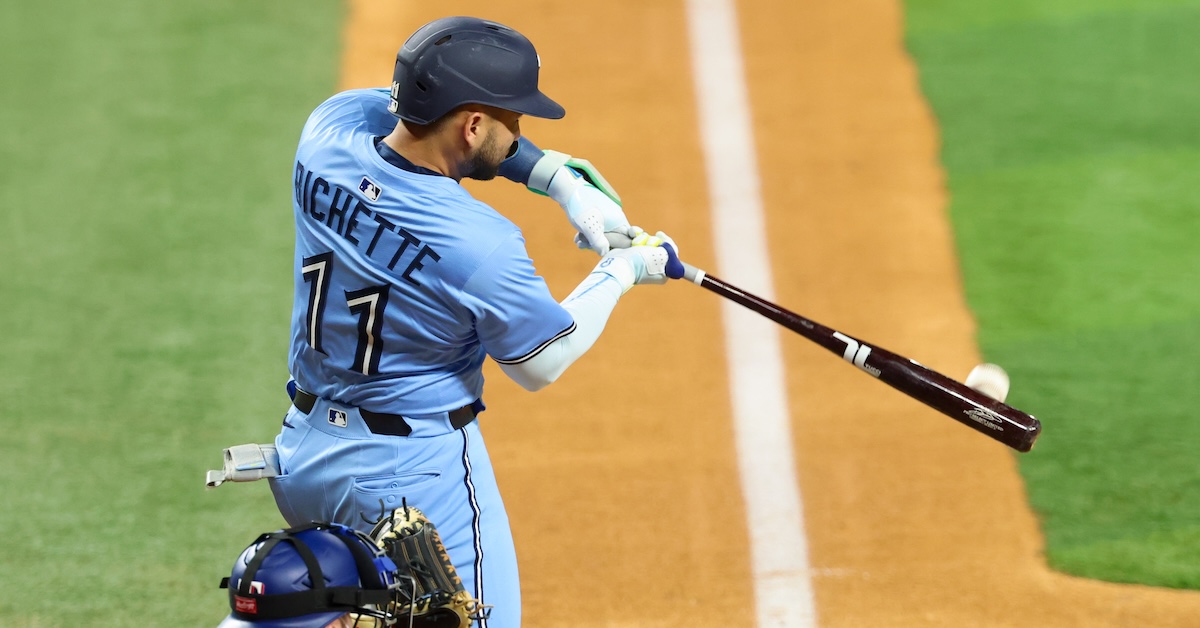
Bo Bichette went 2-for-6 with a three-run homer in Toronto’s 20-1 win over the Rockies on Wednesday afternoon. Business as usual.
Over the past month, Bichette has been one of the hottest hitters in baseball. Over his past 27 games, he is 46-for-115, bringing his batting average for the season to .301. This hot streak coincides broadly with a move down the lineup for the 27-year-old shortstop, from getting on base in front of Vladimir Guerrero Jr. to being tasked with driving him in. And because Guerrero is on base quite a bit, Bichette is also among the leaders in RBI in that span, with 27 in that 27-game run.
It’s gone under the radar a little, what with the Red Sox setting the world on fire, but Bichette’s Blue Jays have had a good month and change. Toronto is 24-10 since June 28, which is the second-best record in the American League behind Boston’s. In that time, the Jays have been the highest-scoring team in baseball. Read the rest of this entry »

